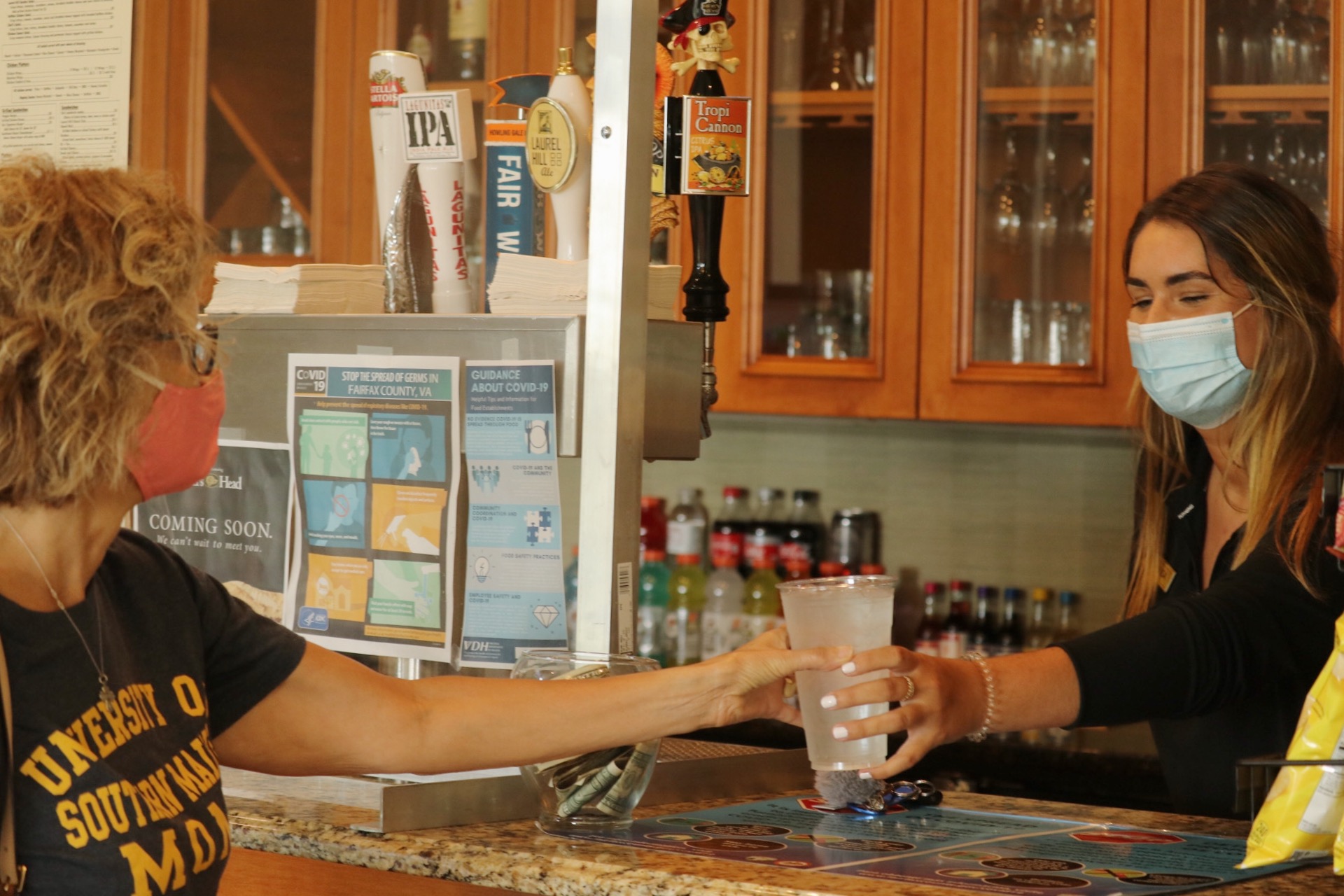By: Cullen McIntyre, Editor-in-Chief
The COVID-19 pandemic has raged across the United States since the first case was confirmed on January 20, 2020. Fast forward to over six months later and the nation has reached 4,802,491 confirmed cases and 157,631 deaths according to cdc.gov.
One of the biggest issues in the United States involving the coronavirus is the concept of wearing a mask. The CDC recommends wearing a mask as a “simple barrier to help prevent respiratory droplets from traveling into the air and onto other people when the person wearing the cloth face covering coughs, sneezes, talks, or raises their voice. This is called source control.”
But due to the current political climate and the misconstruing of information, there is a large objection to wearing a mask while in public. For many, there is a belief that a mask simply doesn’t do anything. That argument has been debunked, as wearing a mask prevents the spread of respiratory droplets from yourself traveling to those around you as COVID-19 is an airborne disease.
Due to some people being asymptomatic, meaning they are positive for COVID-19 but do not show symptoms, wearing a mask is paramount. Someone not showing symptoms may not realize they are sick and could spread the virus to those around them by not wearing a mask in public.
Another myth about the mask is that it causes the person wearing it cannot breathe. A statement from the American Lung Association states that “masks are designed to be breathed through and there is no evidence that low oxygen levels occur.” If masks made it unable to breathe, the CDC and governments across the world would not recommend them to prevent the virus.
If masks weren’t useful, medical professionals would not be wearing them in hospitals.
Wearing a mask can be uncomfortable, wearing a mask can be hot, wearing a mask can feel awkward, but COVID-19 doesn’t care about feelings. Wearing a mask protects those around you, and along with social distancing you can lower the spread of the virus.
For the public, John Hopkins Medicine recommends cloth masks while in public and in places where social distancing may be a challenge. There are many options for cloth masks, but it must cover your face from nose to chin. When wearing the mask, make sure it covers your nose and mouth.
Masks have even been created for those that have unique needs. The Hearing, Speech & Deaf Center offers step-by-step instructions on how to create an accessible, deaf friendly mask here. For glasses wearers like myself, wearing masks may cause your glasses to fog up quite easily. Masks with nose bridges fix this problem easily and can be found all over the internet.
Here in Maine, there are mandates for masks to be worn in “large retail businesses, restaurants, outdoor bars, tasting rooms, and lodging establishments in Maine’s more populous cities and coastal counties,” according to Governor Janet Mills executive order on July 8.
Maine has done an incredible job handling the virus compared to the rest of the United States, contributing just 14 new cases Thursday to the 53,685 throughout the nation, but that doesn’t mean that our job is done. As students are welcomed back to campus in the fall, we are a hotspot for the chance of spreading the virus.
We as students and peers need to do our part so we can all make the most of our education and time on campus this fall semester. Wearing a mask ensures that we have a chance at having a normal semester next spring or next fall.
So please, stay six feet apart and wear a mask.

